
A four-year-old post by Michael Zimmer has been getting renewed attention after Facebook’s controversial “real-name” policy came under scrutiny for disproportionately affecting certain communities: drag performers, doctors and mental health professionals, and political dissidents among them. While Facebook has issued an apology, especially to drag queens who found their stage names no longer accepted by the site, Mark Zuckerberg’s take on the issue of identity — and integrity, as articulated in Zimmer’s piece — piqued our interest here at Culture on the Edge:
 With our own interests in code-switching, identifications rather than identities, and competing claims of legitimacy or authority, we think the emphasis on a single identity is ripe for analysis, so we have each offered a brief response… one being posted each day for a week. Continue reading “Identifying Identity: A Culture on the Edge Response to Mark Zuckerberg and Facebook’s “Real-Name” Policy”
With our own interests in code-switching, identifications rather than identities, and competing claims of legitimacy or authority, we think the emphasis on a single identity is ripe for analysis, so we have each offered a brief response… one being posted each day for a week. Continue reading “Identifying Identity: A Culture on the Edge Response to Mark Zuckerberg and Facebook’s “Real-Name” Policy”



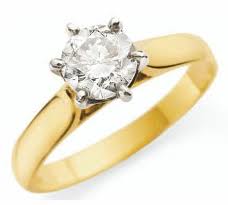
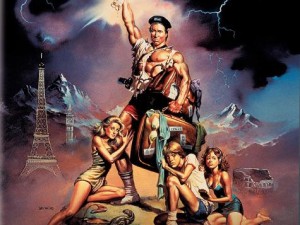 Photo credit: http://traduzioniclick.it
Photo credit: http://traduzioniclick.it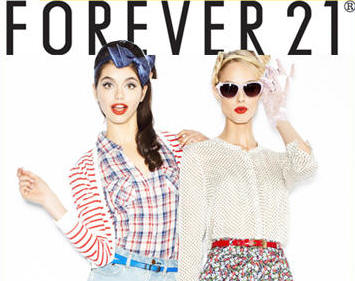 Photo credit: thevalueengineers.com
Photo credit: thevalueengineers.com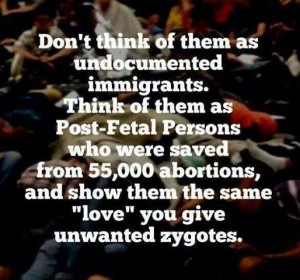
 Did you know that the Edge’s own
Did you know that the Edge’s own 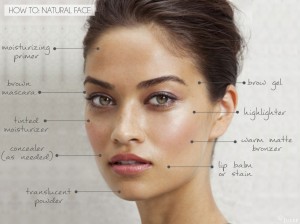 Photo credit:
Photo credit: 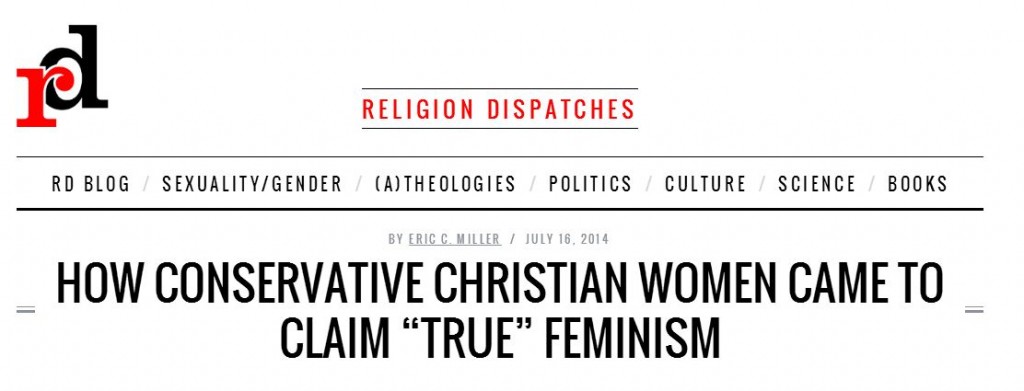 Religion Dispatches recently interviewed our own
Religion Dispatches recently interviewed our own